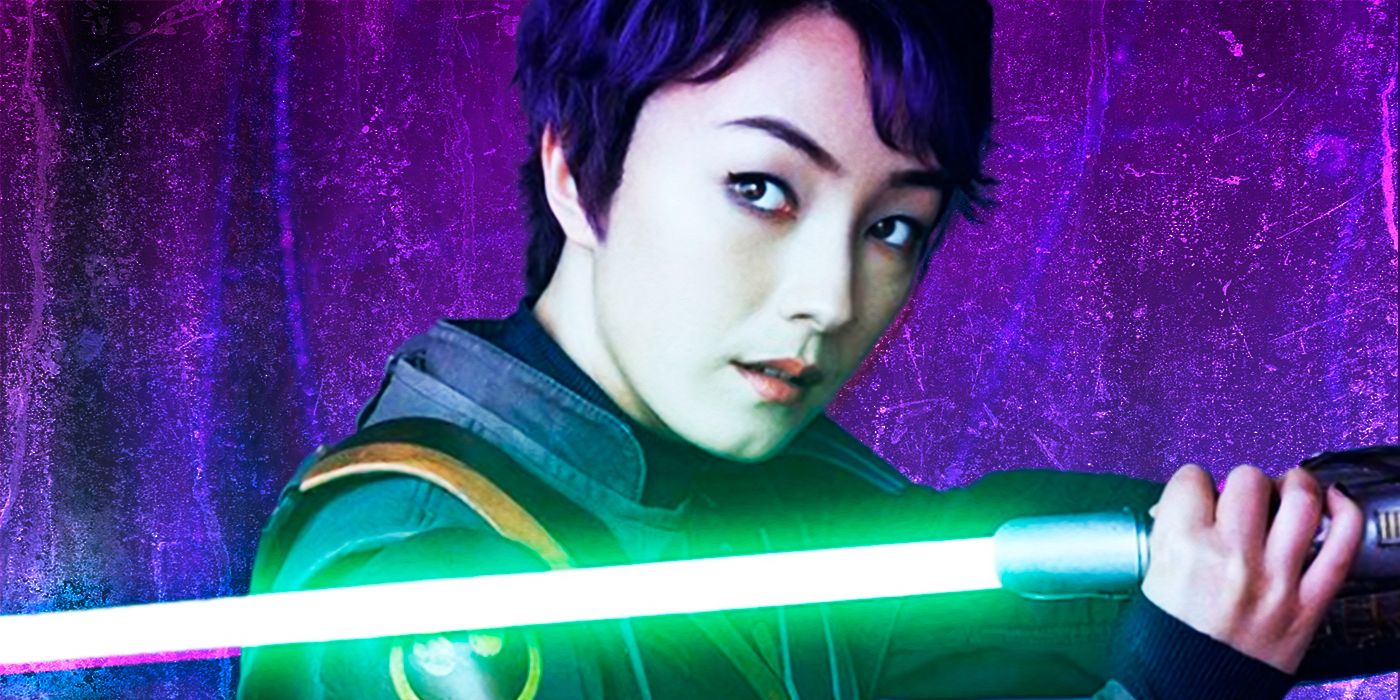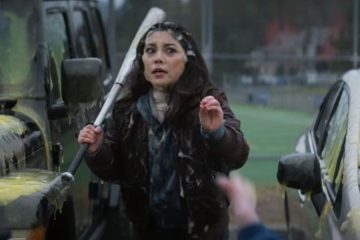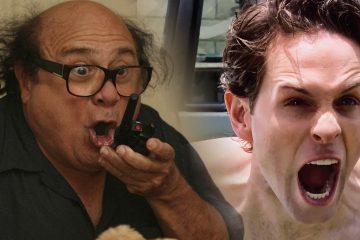Arguably, there is no more important idea in Star Wars storytelling than the Force, the mystical energy field that is created by and surrounds all living things. The struggle between the light side and the dark side is intrinsic to the universe and the overall concept. However, in the 21st Century, the Force has only been the purview of Jedi or Sith, at least until recently. Animated series like The Clone Wars or live-action shows like Ahsoka are helping to diversify the Force.As far as Star Wars fans or, even, storytellers are confused about “how the Force works,” likely comes from a controversial decision George Lucas made in The Phantom Menace. When Jedi Master Qui-Gon Jinn first suspects the boy he met is a “vergence in the Force,” he conducted a blood test. This introduced the concept of the midichlorians, microscopic organisms in one’s blood that signifies how easily they would be able to wield the mysterious power. This is why even fans of Ahsoka balked at the idea of Sabine Wren training as Jedi padawan. If she had a high midichlorian count, she’d already be taken as a Jedi youngling or snatched up by the Emperor, as revealed in Star Wars: Rebels. Yet, if the Force is everywhere, why couldn’t everyone develop a talent to use it, either passively like Leia Organa or more directly like her brother Luke Skywalker? While the movies spend little time examining this issue, the expanded storytelling real estate in Star Wars TV series examine it more in-depth.A common misconception about the creation of the Star Wars universe is creator George Lucas had the whole saga mapped out before filming A New Hope. While it is true he wrote a sprawling script, many of the details and characters changed. Han Solo, for example, looked more like Zeb from Rebels than Harrison Ford, at first. A trilogy of books by J.W. Rinzler detailing the behind-the-scenes journey from Lucas’s mind to screen lays the process bare. The Making of the Return of the Jedi includes transcripts of story conferences between Lucas, screenwriter Lawrence Kasdan and others.RELATED: Ahsoka Confirms George Lucas’ View of the Force
Arguably, there is no more important idea in Star Wars storytelling than the Force, the mystical energy field that is created by and surrounds all living things. The struggle between the light side and the dark side is intrinsic to the universe and the overall concept. However, in the 21st Century, the Force has only been the purview of Jedi or Sith, at least until recently. Animated series like The Clone Wars or live-action shows like Ahsoka are helping to diversify the Force.
As far as Star Wars fans or, even, storytellers are confused about “how the Force works,” likely comes from a controversial decision George Lucas made in The Phantom Menace. When Jedi Master Qui-Gon Jinn first suspects the boy he met is a “vergence in the Force,” he conducted a blood test. This introduced the concept of the midichlorians, microscopic organisms in one’s blood that signifies how easily they would be able to wield the mysterious power. This is why even fans of Ahsoka balked at the idea of Sabine Wren training as Jedi padawan. If she had a high midichlorian count, she’d already be taken as a Jedi youngling or snatched up by the Emperor, as revealed in Star Wars: Rebels. Yet, if the Force is everywhere, why couldn’t everyone develop a talent to use it, either passively like Leia Organa or more directly like her brother Luke Skywalker? While the movies spend little time examining this issue, the expanded storytelling real estate in Star Wars TV series examine it more in-depth.
A common misconception about the creation of the Star Wars universe is creator George Lucas had the whole saga mapped out before filming A New Hope. While it is true he wrote a sprawling script, many of the details and characters changed. Han Solo, for example, looked more like Zeb from Rebels than Harrison Ford, at first. A trilogy of books by J.W. Rinzler detailing the behind-the-scenes journey from Lucas’s mind to screen lays the process bare. The Making of the Return of the Jedi includes transcripts of story conferences between Lucas, screenwriter Lawrence Kasdan and others.
#Star #Wars #Series #Diversifying #Force #Jedi #Sith
Note:- (Not all news on the site expresses the point of view of the site, but we transmit this news automatically and translate it through programmatic technology on the site and not from a human editor. The content is auto-generated from a syndicated feed.))



